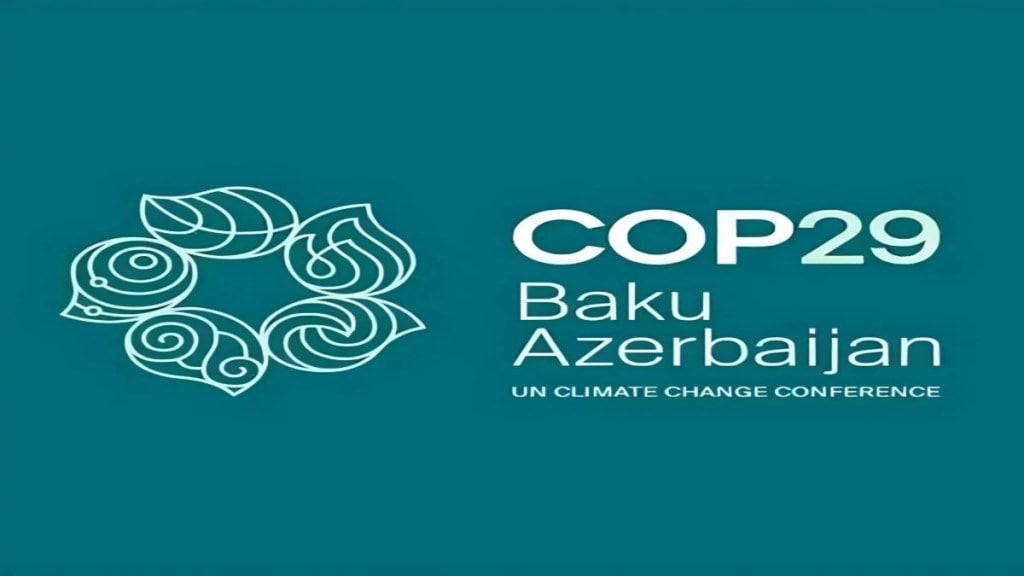At the COP29 summit in Baku, countries agreed on a $300 billion annual global finance target to help poorer nations deal with climate change on Sunday. The deal was criticized by its intended recipients as insufficient. While some delegates applauded the agreement, others, including India’s representative, condemned it as inadequate to address the scale of the crisis.
The deal, which was finalized after the two-week conference in Azerbaijan, was seen by some as an “optical illusion” rather than a real solution. UN climate chief Simon Stiell acknowledged the tough negotiations but called the deal an “insurance policy” against global warming.”It has been a difficult journey, but we’ve delivered a deal,” Stiell said. “This deal will keep the clean energy boom growing and protect billions of lives.
The agreement would provide $300 billion annually by 2035, boosting rich countries’ previous commitment to provide $100 billion per year in climate finance by 2020. That earlier goal was met two years later, in 2022, and expires in 2025. The deal also laid the groundwork for next year’s climate summit in Brazil, where countries are meant to map out the next decade of climate action.
What Counts as a Developed Nation?
The list of countries that must help fund climate action includes about two dozen rich nations, like the U.S., European countries, and Canada, based on decisions made at U.N. climate talks in 1992. European countries want China and wealthy Gulf states to also contribute. While developing countries are encouraged to help, it’s not a requirement.
The goal is to raise $1.3 trillion every year by 2035 for climate finance, which experts say is necessary to fight global warming. Countries also agreed to create a global carbon credit market, which could raise billions of dollars for projects like planting trees and using clean energy.
(With Reuters Inputs)

